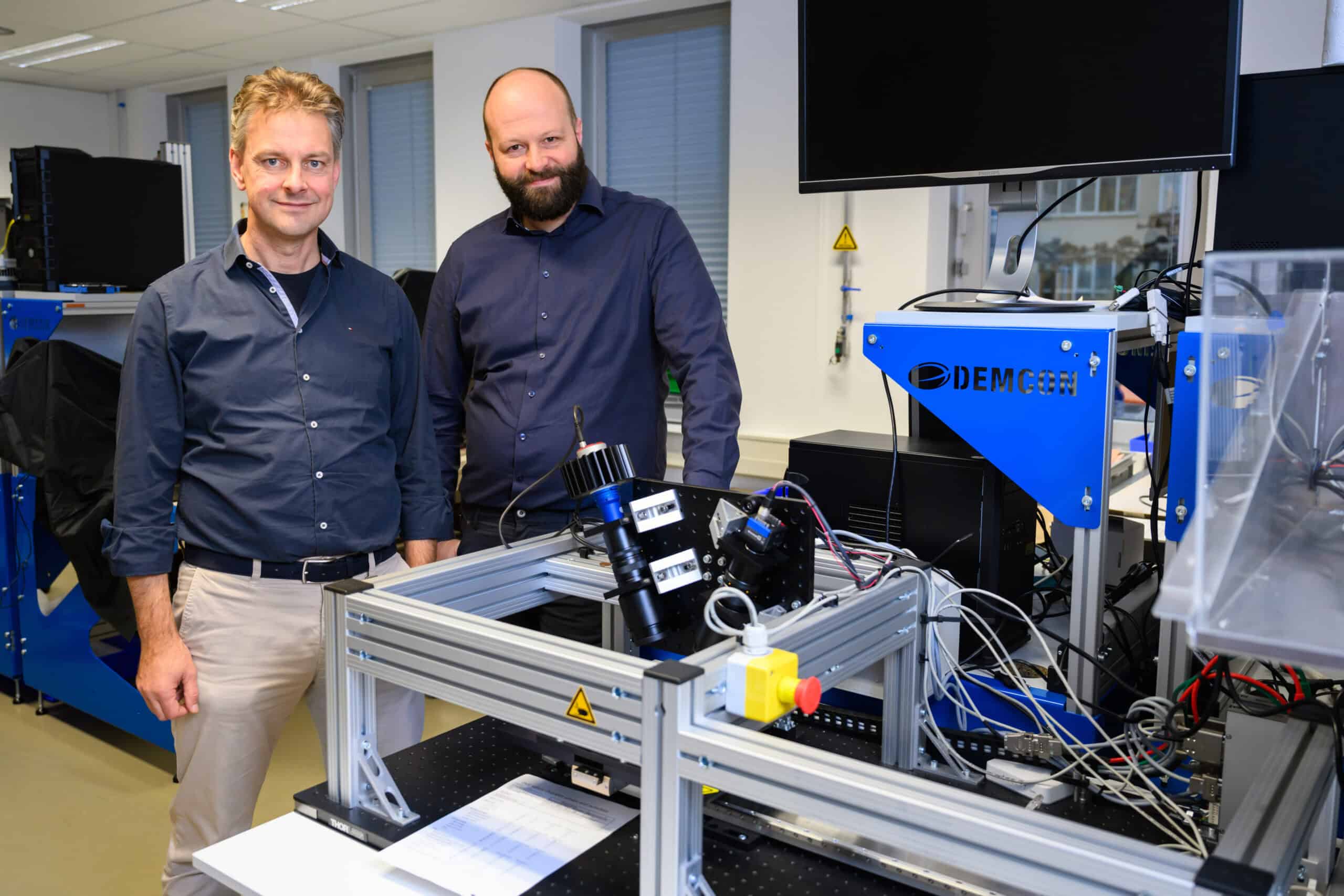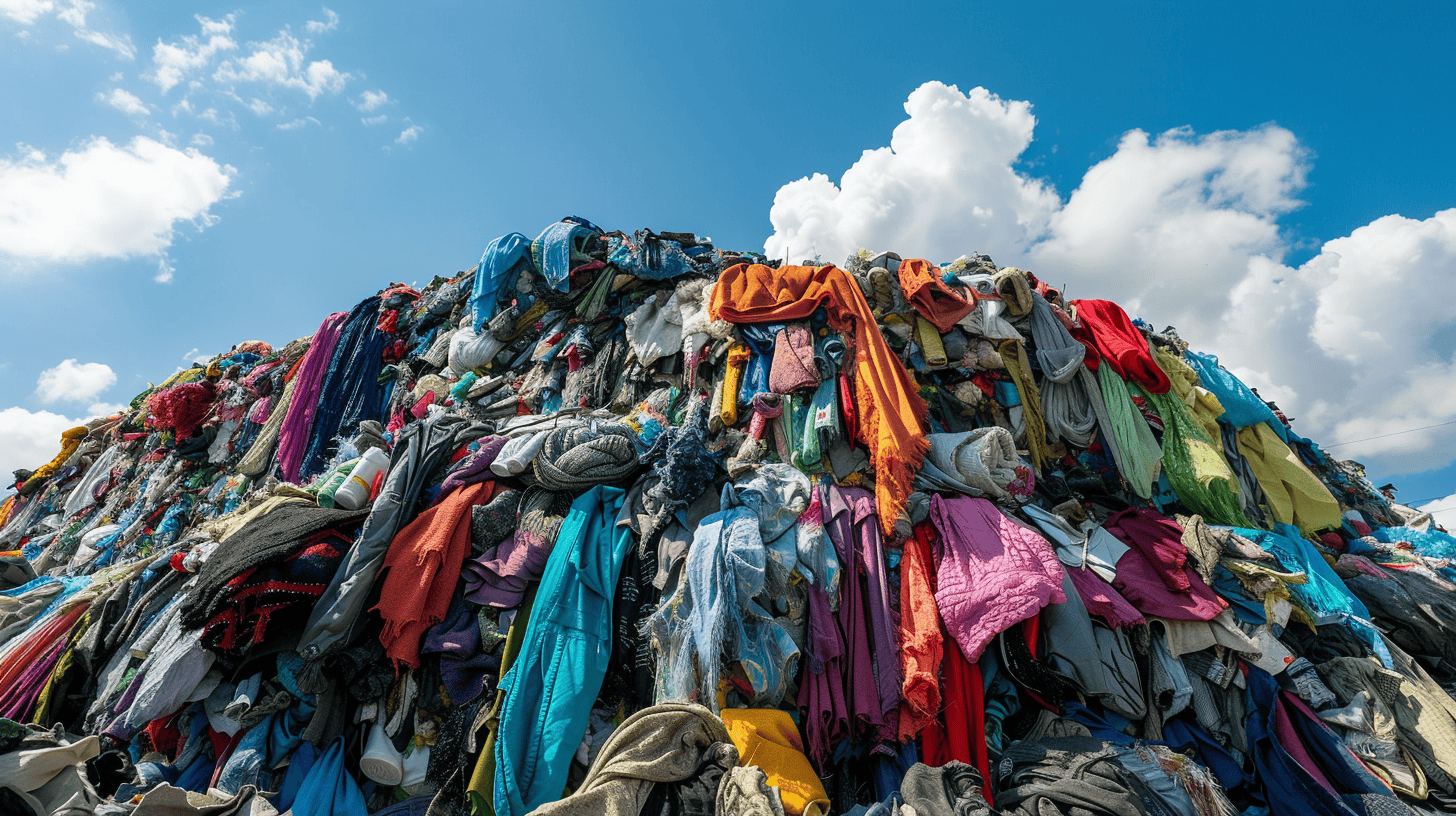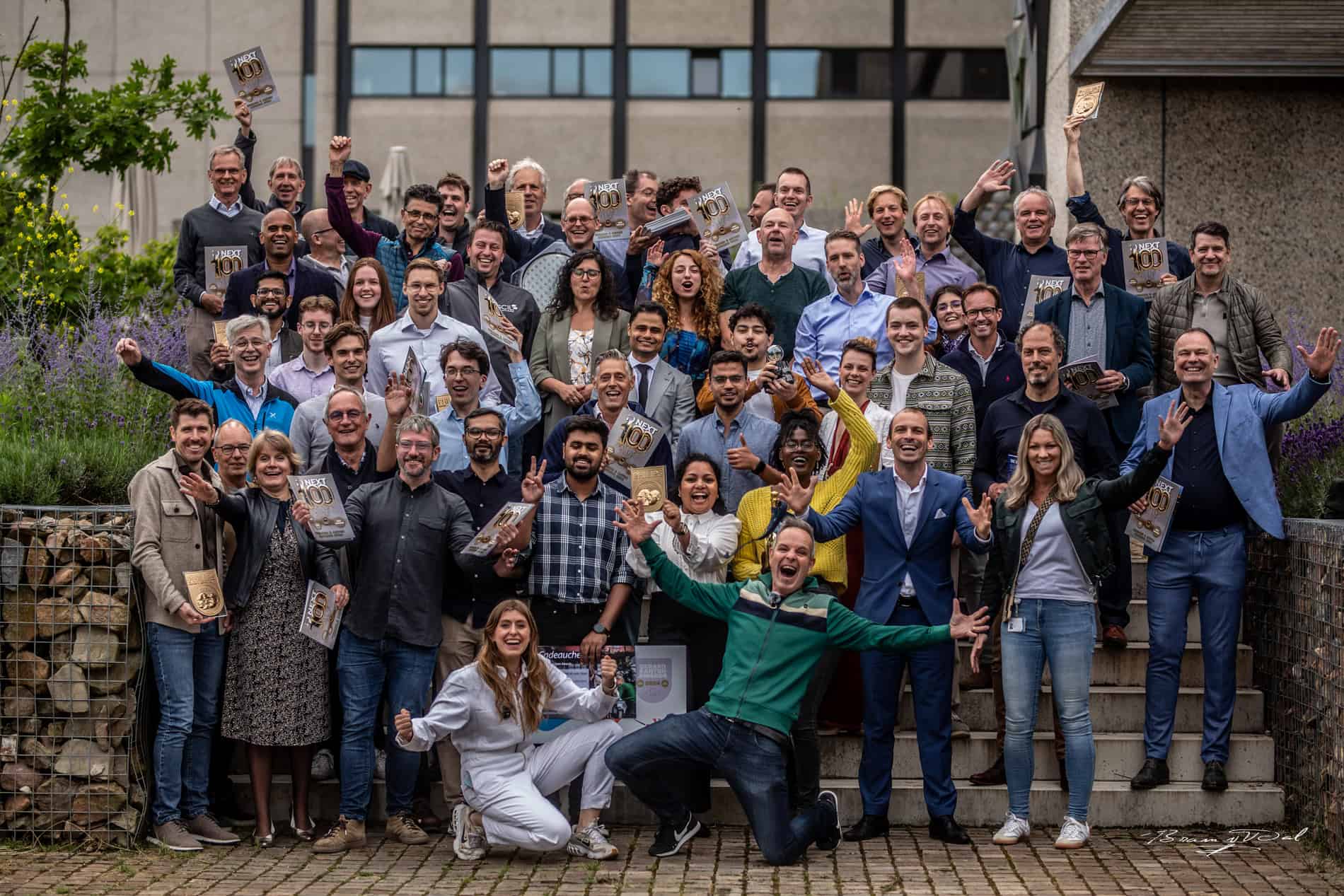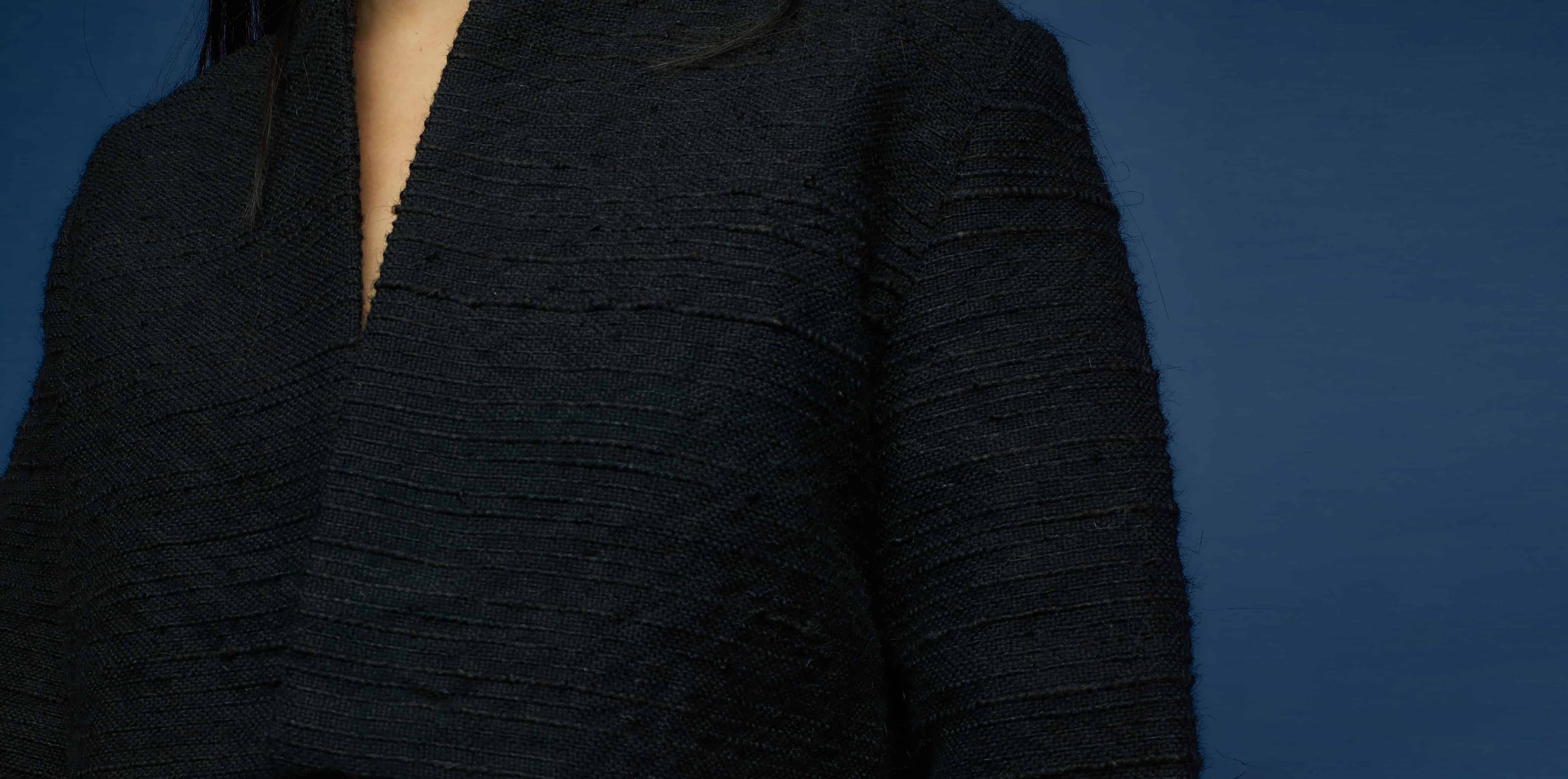
The textile industry is the second-largest polluter in the world. Sixty percent of our clothing comprises synthetic fabrics that take two hundred years to degrade fully. The big, almost impossible, question is: what can we do about these disastrous statistics?
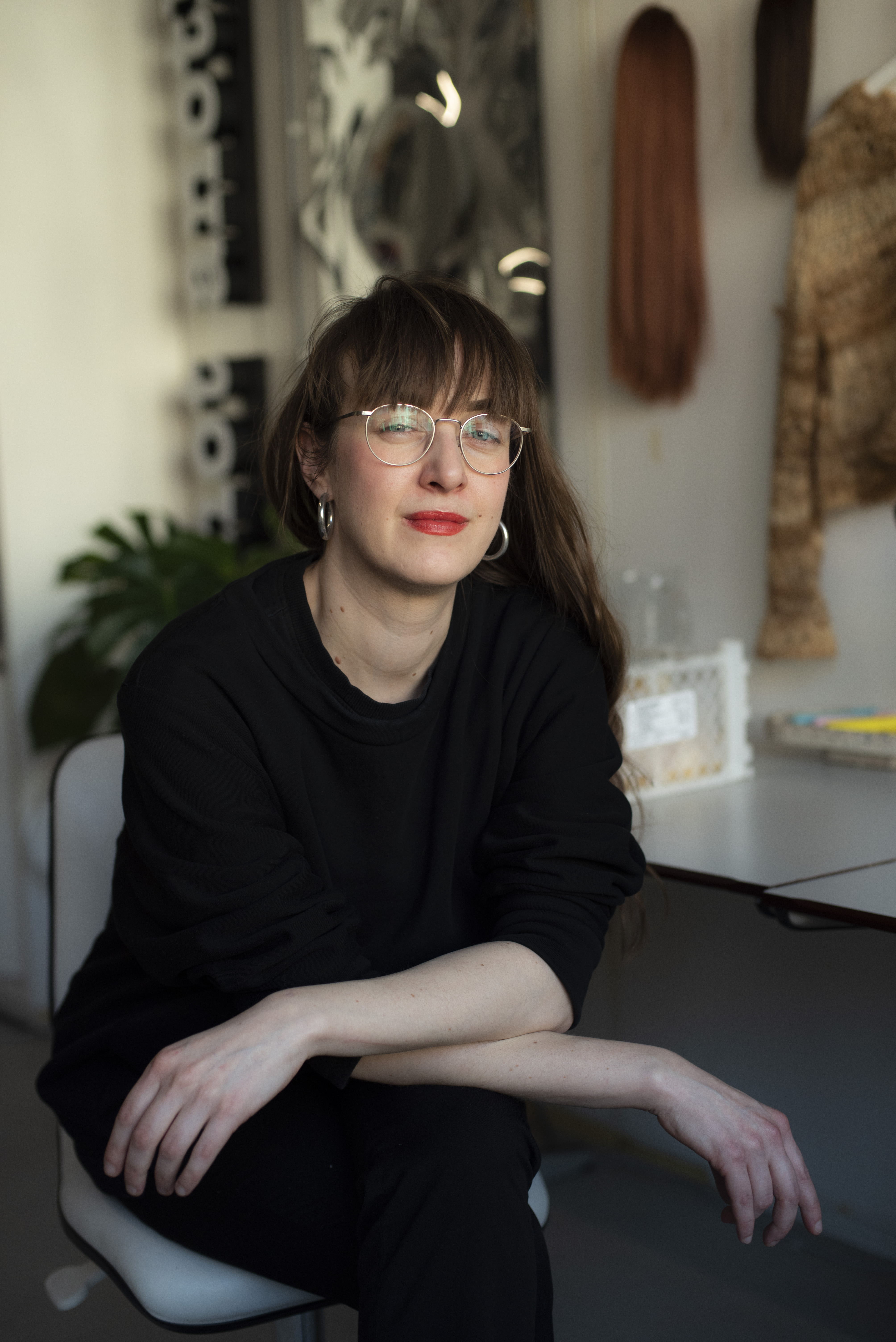
Zsofia Kollar’s solution to this massive problem is growing on our heads. In 2021, together with Leonardo Avezzano, she founded Human Material Loop (HML). The start-up recycles human hair, then turns it into a type of yarn to make textile products. It is the first company who developed a technology to utilise this undiscovered biomass.
“In almost all cultures, people derive a large part of their identity from their hair, but once it is cut, it becomes worthless,” he said. Every year, 150 million pounds of human hair end up in landfills in Europe alone.” A shame because using hair has many advantages. It is not toxic; it is light, flexible, insulating, and strong (a bunch of hair can support up to two tons of weight).
Vibrant Limburg
A lot has changed since Innovation Origins spoke with the Hungarian-born entrepreneur last year. For Kollar, the most significant change is that after living in Amsterdam for 12 years, she moved to Sittard, Limburg. “Many friends declared me crazy, but I found something here that I couldn’t find in Amsterdam: a whole network of experts involved in chemical recycling – in one way or another. Everyone on the Chemelot Campus understands that scaling from grams to kilograms is a huge milestone, and not so in Amsterdam.” Where HML relocated its R&D department to Limburg, it still has a marketing office in Amsterdam.
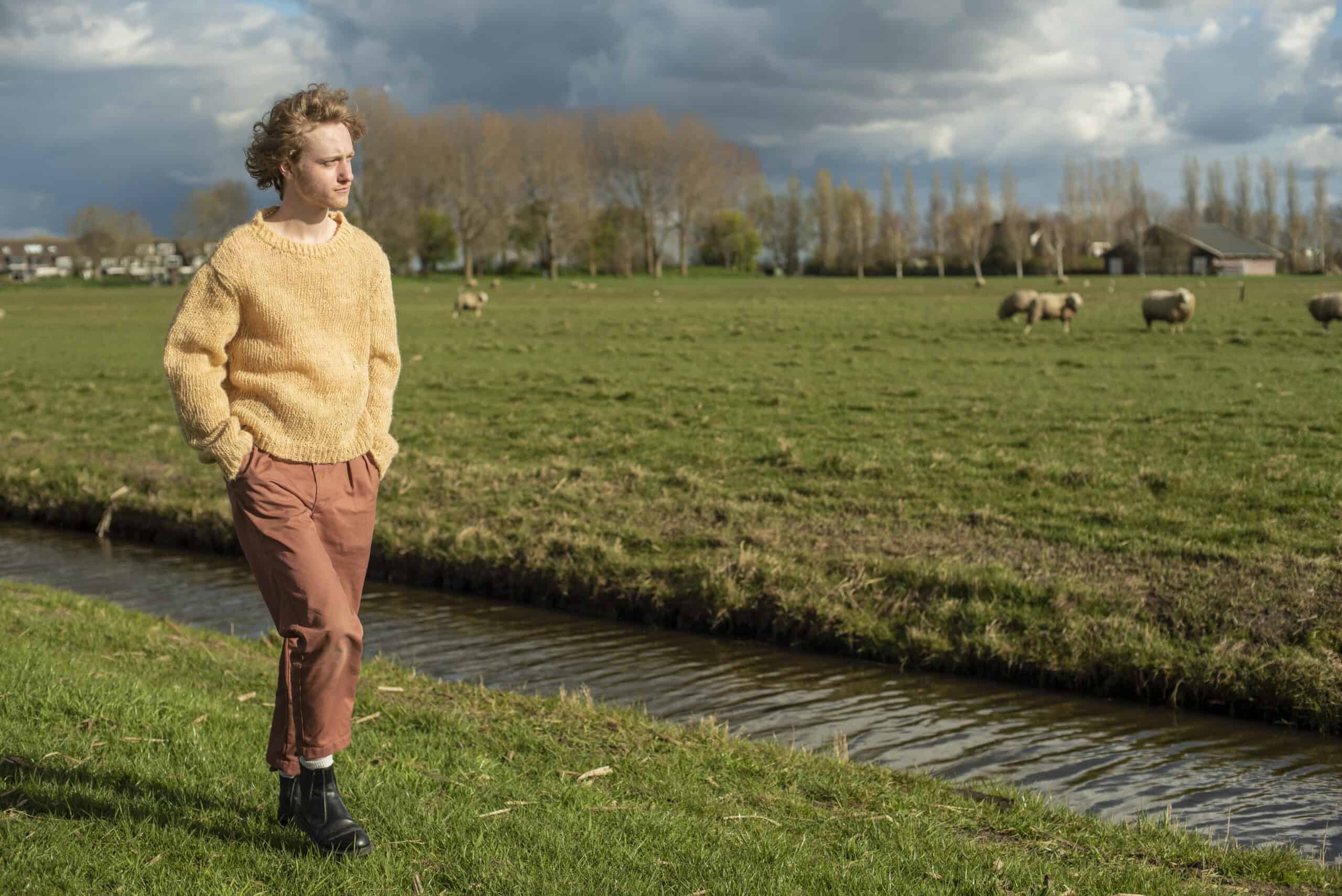
A climbing milestone
In addition to recycling hair into yarn that can be made into clothing, the young company recently broke new ground by developing insulation material for outdoor clothing. Says Kollar, “One of our customers indicated that they have plenty of substitutes for wool but are struggling to find an alternative to down as an insulation material. Down has a high carbon footprint and is often not animal friendly. With that question, we set to work.”
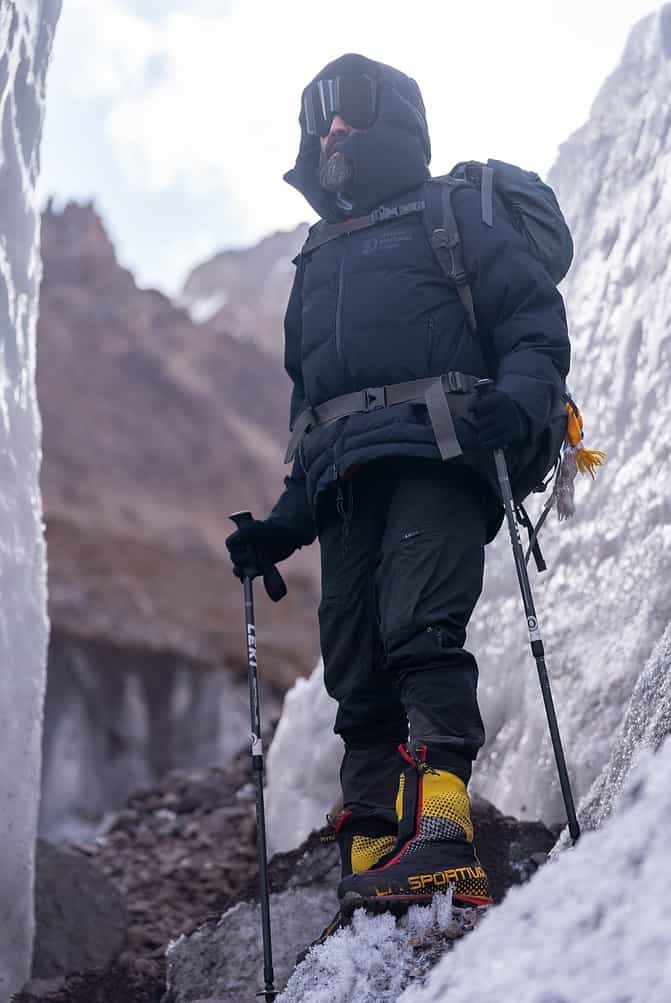
To test the prototypes of an outdoor jacket and pants, her companion went to Argentina early this year to climb Aconcagua; the highest mountain in the Americas. During this harsh trek – the mercury dropped to -40 °C, and the wind blew at speeds of up to ninety kilometers per hour – he wore a jacket and pants from HML. He didn’t get cold.
“Leonardo proved that our material can keep you warm under extreme temperatures. It has many advantages over other materials. When the down jacket of one of his traveling companions broke, the feathers flew around, and nothing was left of the jacket. Besides that, our material is very breathable. It keeps you warm, but you don’t sweat.”
In HML’s insulation material, human hairs are intertwined, which makes for a strong structure. The company investigated how the insulation properties of hair can be increased as an insulation filler. “We are increasing the air pockets between the fiber to have more airflow, which is the reason behind the thermal properties. Unlike down hair also does not loses its properties over the years in air environment.”
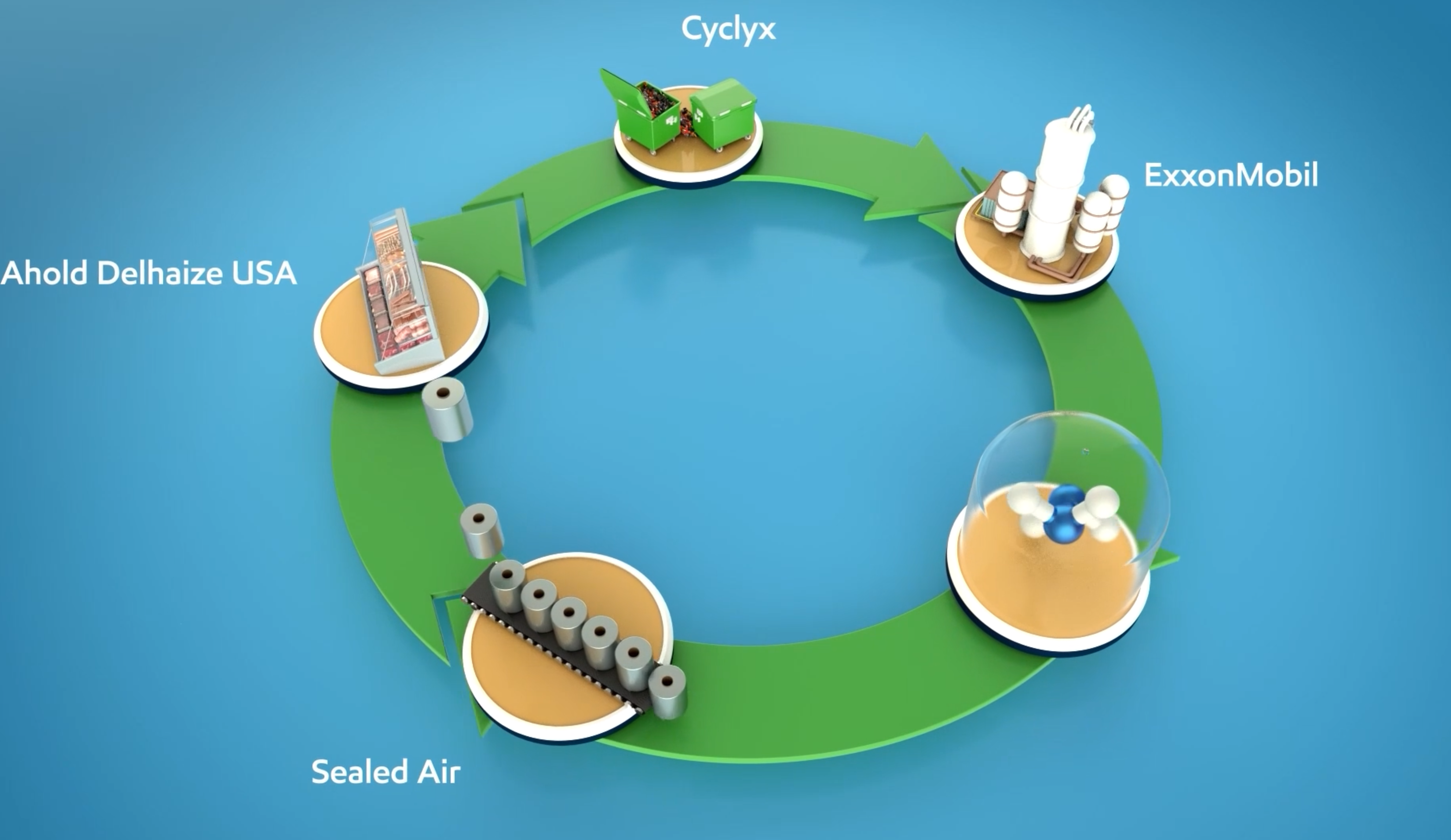
Chicken-and-egg story
For the development of a sample library from filament yarns, HML received a fifty thousand euro grant from regional development company LIOF. With the staple fiber technology, the start-up wants to investigate the possibility of making yarn by combining shorter hair fibers as an alternative to wool and polyester. Staple fibers are short pieces of fiber that are spun into yarns resembling wool. This type of fiber is used to add value to protective clothing or industrial products.
The funding will allow Kollar and its partner to create a prototype for customers. “In our industry, it’s about presenting a tangible product so the customer knows what it looks and feels like. Because of LIOF, we can skip the whole chicken-and-egg thing – first money to develop a product, or first a product to bring in investment.”
Millennial cities less than an hour away
Martine Rousseau is a business developer at LIOF. She supports start-ups in applying for subsidies, ensures greater visibility of start-ups in the region, and finds development partners. “A start-up itself often knows very well what it is doing but can sometimes lose sight of the broader picture in the process. We want to be an independent sparring partner, helping entrepreneurs freshly look at their business.”
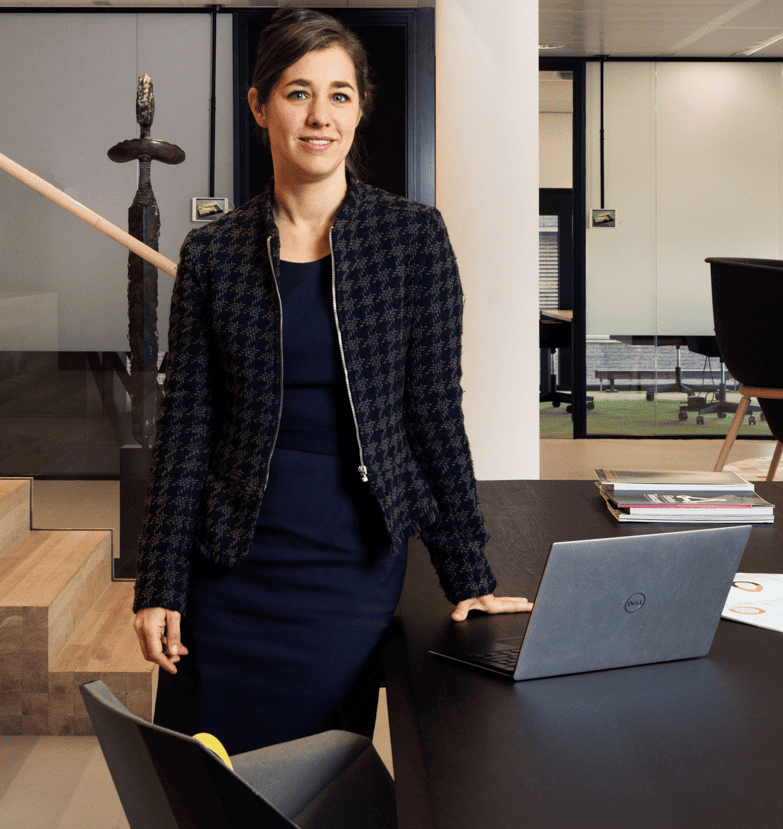
LIOF provides subsidies to companies based in Limburg, but the development company looks at it in the broadest sense. “Promoting the region’s economic growth can also be done by partnering with companies just across the border,” Rousseau said. “Millennial cities Düsseldorf and Cologne are an hour’s drive away. Limburg is very central; people often forget that.”
That you can get to Germany in no time from Limburg, Kollar has since been discovered as well. When she moved, friends warned her that Sittard was “very far,” while she’s in the center of Düsseldorf in no time. In that city, the start-up recently closed a vital partner deal. Which partner, that is, Kollar, is keeping secret for now.
‘We’re in a hurry’
Human Material Loop plans to bring its first product to market next year. “Finally. We aim to make as much impact as possible in as short as possible. We are in a hurry,” said a determined Kollar. She sees entrepreneurship as an adventure that regularly keeps her awake at night but also gives her a lot of energy. “Making a positive impact gives me a lot of satisfaction. I want to show that as humans, we are part of the ecosystem rather than above it.”



